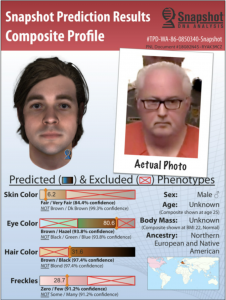1. One thing that helps
Nuclear power in the “help” section of this newsletter? Many experts think it is the answer to the climate crisis.
People are wary of nuclear energy and rightly so. No-one has forgotten 3 Mile Island, Chernobyl or Fukushima amongst others. However, designs for scaled-down modular nuclear plants have gained approval and they may be set to change the landscape.
Nuclear energy produces almost no carbon-emission and is widely considered a green alternative. There are still concerns about nuclear waste, how it is stored and re-processed, but great strides have been made in this area.
Huge nuclear plants are expensive and complicated to build. Now, nuclear start-up NuScale are building modular reactors that can be built off-site and transported safely. Going modular minimises cost, lessens construction time and creates a safer environment.
The reactor itself is scaled down and doesn’t require AC or DC power, operator action or additional water if it needs shutting down. This makes meltdowns due to human error less likely to occur. This video explains how their reactor works.
Modular nuclear plants like this will enable communities to safely and reliably produce clean power. As nuclear technology progresses we may be able to harness fusion as the ultimate energy source. The future looks like bright with a mix of renewable and nuclear energy.
2. One to be wary of
DNA phenotyping is the science of using DNA to predict what a person looks like. It relies only on – you guessed it – DNA obtained from a crime scene. It’s a really powerful tool that can give investigators a lead in solving cases where there are no witnesses. It allows them to get a picture of the suspect’s race, gender and eye colour and has already helped solve a few cases.
The issue comes when these images are released to the public. It immediately creates the false idea that this image accurately reflects what the suspect looks like which is not true.

Any person that looks vaguely similar to the image will be under suspicion by the general public and this does not bode well for marginalised communities.
Moreover, DNA cannot predict how external factors can change one’s appearance. For example, it cannot tell whether the suspect has scars, tattoos or facial hair. Looking for a clean-shaven suspect who has, in fact, a full beard can easily turn the public blind. Perhaps these images are best used internally by the police to narrow the suspect pool and not released to the public.
3. One to amaze
Most people have had a hard drive fail and lost precious work / photos / videos. I know I have! In the words of those great infomercials – There must be a better way!
In the preceding article, we’ve seen how DNA can be used to generate images. We can also do the reverse: store images in DNA! It’s not just police sketches though, we’re talking about storing digital data inside strands of DNA. We have already stored books, films, and software into DNA. Now, researchers from the French National Institute of Health and Medical Research have stored a digital representation of an entire museum!
With tons and tons of data being generated everyday, we need to find a way to safely store them for longer – in a way that is cheaper and more energy efficient. Most importantly, scientists are looking for long-term storage for all we know about our existence and survival – just in case the worst hits the world! As Mark Bathe, a professor of biological engineering at MIT says, “That way, if life were to either be recreated here or otherwise transferred or imported from other planets and so forth, there would be records of what we did, and what we had.”
Nature has used DNA for storing information from minute-organisms to the giant blue whale. We have DNA fragments from million-year-old woolly mammoths that tell us so much about them. If we can recreate the same technique, we’re on the path to storing data forever. Many experts are arguing that this method is far superior to the current forms of digital media when it comes to cost, energy requirement and reliability.
Humans, nature and technology in perfect harmony? Here’s hoping.